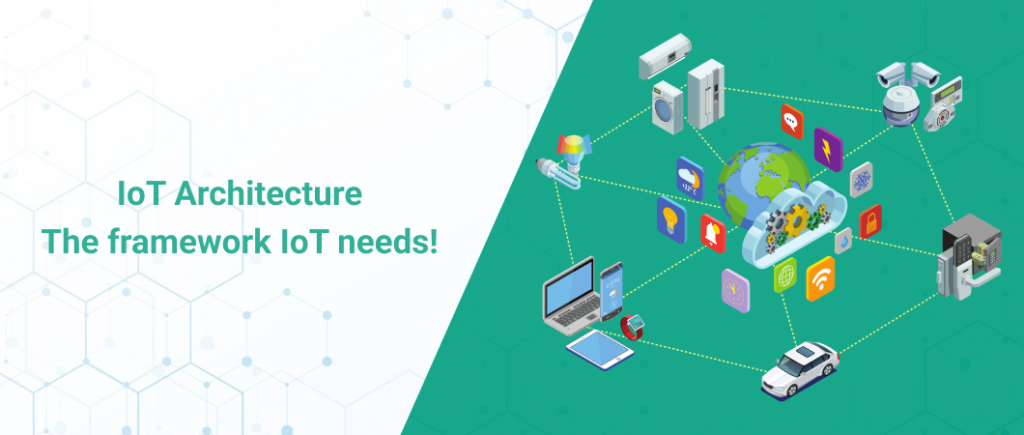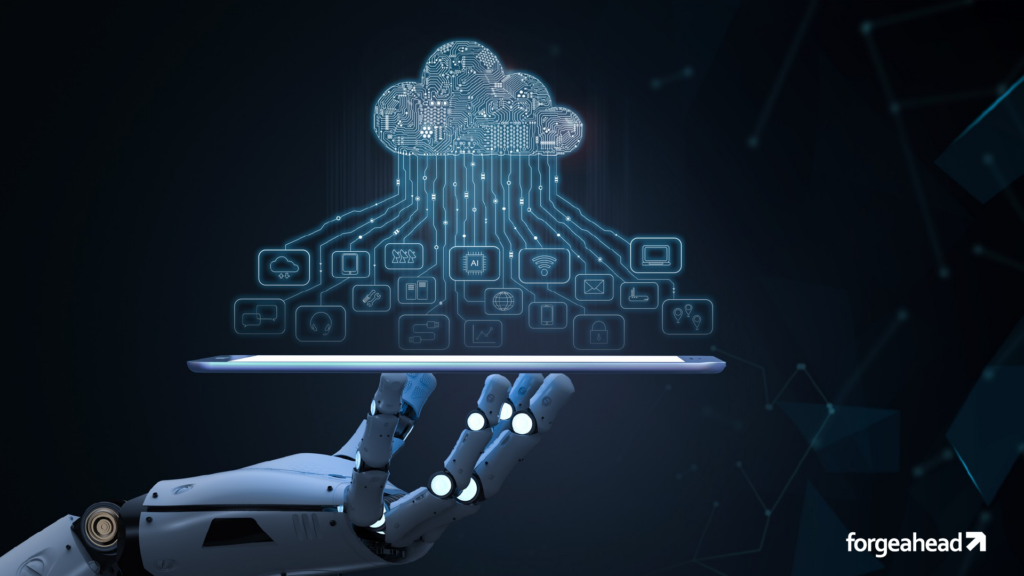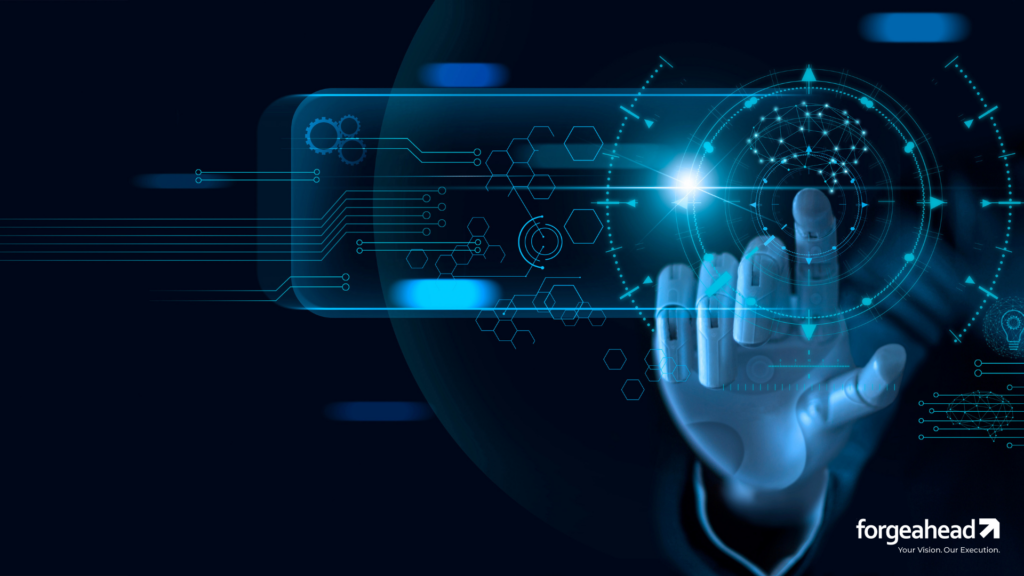Last updated on October 21st, 2024
The Internet of Things (IoT) is an ecosystem of connected physical devices, vehicles, buildings, and other items that are embedded with sensors, software, and connectivity, enabling them to exchange data with other devices and systems over the internet. IoT is rapidly transforming various industries, including healthcare, transportation, agriculture, and manufacturing. However, building a successful IoT solution requires careful planning, implementation, and management of its architecture.
The IoT architecture plays a crucial role in guiding the data to its right path, defining the format to use, and what action to take.
What is IoT Network Architecture?
It is a network system of several elements such as sensors, actuators, cloud services, protocols, and IoT architecture layers. Different layers let administrators evaluate, monitor, and maintain system consistency. The system design plan is carefully integrated with the existing infrastructure systems for optimal impact.
Organizations with great IoT architecture have a better chance of improving business processes and driving better outcomes. Such organizations are known to maintain an IoT system architecture that is customized to specific IoT projects, as well as other general-purpose Internet of Things architecture formats.
IoT architecture refers to the framework that defines how IoT devices, applications, and networks interact with each other to provide desired functionalities. The IoT architecture comprises four layers: the physical layer, the network layer, the middleware layer, and the application layer
4 Layers of IoT Architecture Explained
1. Physical Layer
The physical layer of the IoT architecture includes the devices and sensors that collect data from the physical environment. These devices can be anything from smart thermostats, fitness trackers, and smart refrigerators to industrial machines and drones. The physical layer is the foundation of the IoT architecture, and it is critical to ensure that the devices are capable of capturing accurate data, communicate effectively, and have sufficient power and processing capabilities.
2. Network, or the IoT Gateway Layer
the server-side operators who connect devices to smart objects, servers, and network devices. The network layer of the IoT architecture enables communication between the devices and the cloud. This layer consists of various wireless and wired technologies such as Bluetooth, Wi-Fi, cellular networks, and Zigbee that connect the devices to the internet. The network layer is responsible for ensuring that the devices can transmit data securely and efficiently over the internet.
3. Middleware Layer
The middleware layer of the IoT architecture provides a communication layer between the devices and the application layer. This layer acts as a bridge between the network and application layers, translating data from different devices and protocols to a common format that can be processed by applications. The middleware layer includes various components such as data brokers, message queues, and protocol converters that manage data processing, storage, and security.
4. Application, or the Platform Layer
The application layer of the IoT architecture consists of the applications that use the data collected from the devices to provide insights, automate processes, and improve decision-making. These applications can be anything from simple smartphone apps that control home automation devices to complex machine learning algorithms that optimize industrial processes. The application layer is where the value of IoT is realized, and it is critical to ensure that the applications are reliable, scalable, and secure.
These layers ensure that the IoT architecture is fully functional, scalable, available, and maintainable.
Once this is achieved, we move on to the 4 stages of the IoT architecture layout:
- Stage 1: Sensors and Actuators
- Stage 2: Gateways and Data Acquisition Systems
- Stage 3: Edge IT Data Processing
- Stage 4: Datacenter and Cloud
A more detailed review of each of the 4 stages of IoT architecture follows:
4 Stages of IoT Architecture Explained
Stage 1: Sensors and Actuators
Sensors and actuators are the connected devices that monitor, and control the physical processes respectively. Sensors capture process status data or the environmental conditions such as humidity, temperature, fluid flow in a pipeline, the fluid level in a tank, and so much more. At times, some of the condition data requires an immediate response by the actuator to carry out real-time remediation actions. An example is that of adjusting the liquid flow rate to maintain a consistent level.
It is crucial to maintain low latency between Sensors, and the data analysis to trigger the actuator’s action. Data processing is carried out in close proximity to monitor, and control system to avoid delay in data relay to the server, its analysis, and the final signal to control the ‘thing.’
Stage 2: Gateways and Data Acquisition Systems
The data sent by the sensors is collected by a Data Acquisition System (DAS) and converted into a digital-analog format. The DAS aggregates and formats this data before it sends it through Internet gateways such as wireless WAN as in cellular or Wi-Fi, or wired WANs for the next stage of processing.
In the case of industrial, and factory settings, the data at this stage can be enormous with 1000s of sensors gathering them simultaneously. This necessitates data filtration and compression to an optimal size before its transmission.
Stage 3: Edge IT Data Processing
The IoT data that has been digitized and aggregated undergoes further processing before reaching the cloud center. The edge devices carry out advanced analytics and pre-processing, sometimes using Machine Learning and visual representation. Machine Learning helps provide ever-improving feedback into the system and further improves the process without waiting for instructions from the cloud data center. Such processing is often carried out in a device that is close to the sensor, such as in an on-site wiring closet. This stage then enables data capturing at the local sensors and its transfer to remote locations after analysis and processing.
Stage 4: Data Center and Cloud
In this last leg, data centers carry out in-depth processing with the help of high-end applications designed and run by skilled analytics professionals. Powerful IT systems analyze, manage, and store data in the cloud, or corporate data centers. Here, multiple site sensors combine to give a broader picture of the overall IoT system, and its deliverable actions. When operations are spread across geographies, these cloud data centers analyze and identify key trends, patterns, or spot anomalies to help optimize operations.
This is the stage when a company or industry-specific application carries out an in-depth analysis with unique or custom business rules in mind to determine the course of action to be taken. The incoming data may indicate that changes be done to device settings or suggest other corrective measures to optimize processes. It is part of a continual development loop that also stores data for future analysis.
Factors to consider while building a successful IoT architechture:
Scalability is essential to ensure that the IoT solution can handle the increasing number of devices and data streams over time. This requires designing the IoT architecture to be modular and flexible, allowing new devices and applications to be added easily.
Security is another critical factor in IoT architecture. As IoT devices collect and transmit sensitive data, it is essential to ensure that the data is protected from unauthorized access, tampering, and theft. This requires implementing robust security measures such as data encryption, authentication, and access control.
Interoperability is also essential in IoT architecture. As IoT devices and applications come from different vendors and use different protocols, it is critical to ensure that they can communicate with each other seamlessly. This requires adopting standardized protocols and interfaces that enable interoperability across different devices and systems.
Data management is another critical aspect of IoT architecture. As IoT devices generate vast amounts of data, it is essential to ensure that the data is collected, processed, and stored efficiently. This requires designing the IoT architecture to support data analytics, data visualization, and data governance, enabling organizations to derive insights from the data and make informed decisions.
Final words
The Internet of Things is fast evolving and improving business processes across industries. The ground reality of the process is definitely enhanced by an apt IoT architecture that maintains data, analyzes it, and signals corrective action. As we have seen, the IoT system architecture is laid out across 4 layers i.e., the physical layer, the network layer, the middleware layer, and the application layer. That then cascades into 4 stages that capture data, analyze, process, and suggest corrective measures using high-end applications. This elegant combination comes together to deliver powerful value in automated action.
Don’t wait to harness the power of IoT for your business – implement an effective IoT architecture today and unlock the potential of automated action!



